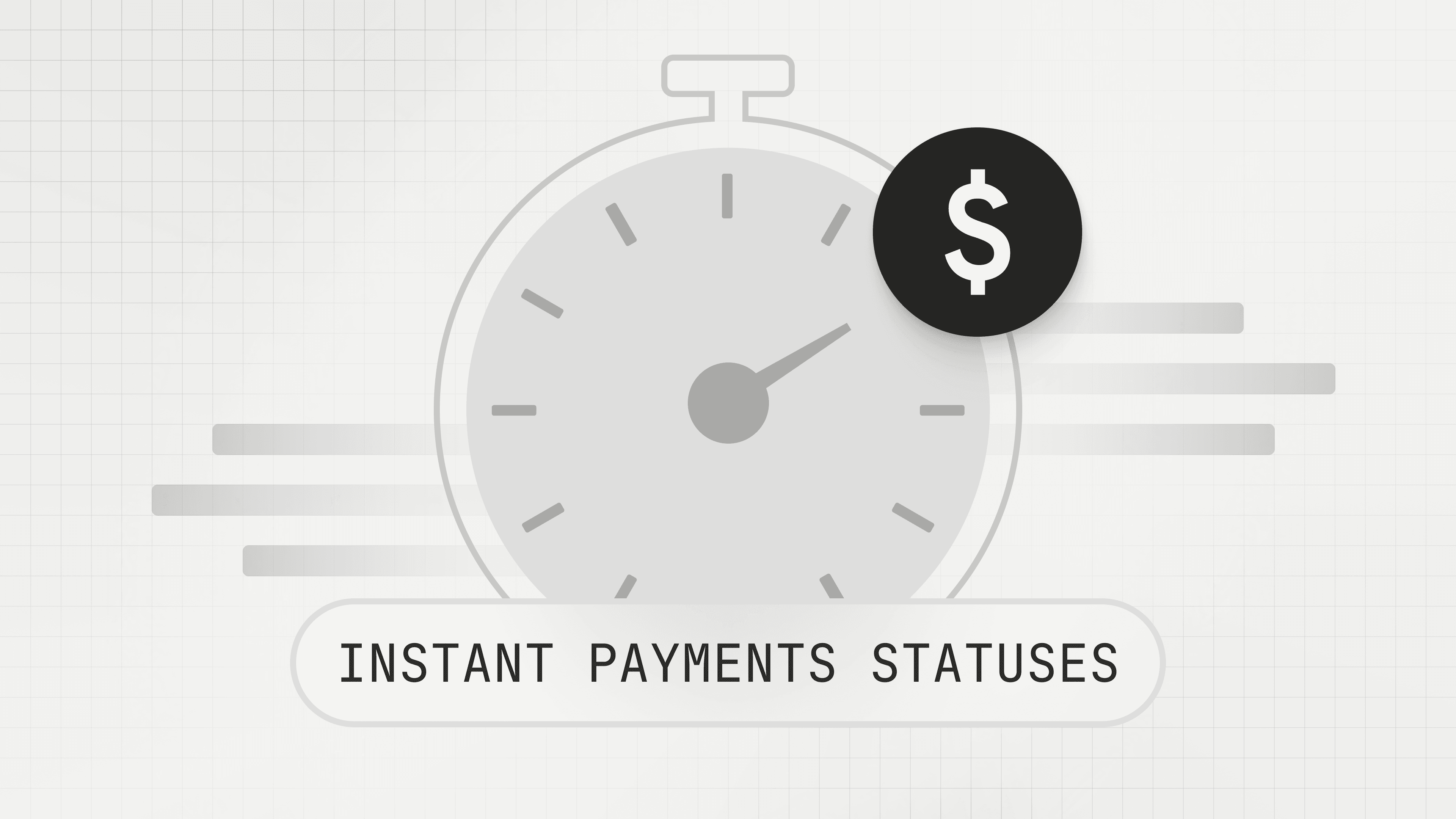Why Marketplaces Should Sit in the Flow of Funds
Modern marketplaces need to consider how to design payment flows to move money between buyers and sellers. In this journal, we outline why it can be beneficial for the marketplace to be directly in the flow of funds.

One key consideration for building a marketplace is designing payment flows to move money between buyers and sellers. Typically, marketplaces take one of two approaches—they either use a third-party sender to move money on their behalf, or they sit directly in the flow of funds and move money through their bank.
In this article we’ll explore the latter option in more detail. Leading marketplaces like Uber, Airbnb, and Etsy have all moved into the flow of funds. There are a number of reasons why this is beneficial, and we’ve called out some of the highlights below.
Faster payouts for sellers
After completing a marketplace transaction, sellers expect to be paid out promptly. Increasingly, leading marketplaces are investing in ways to add value through their platform by offering faster payouts and improving time-to-money.
When marketplaces partner with a third-party sender to pay out sellers on their behalf, funds have to pass through an intermediary account before reaching their final destination. Taking ACH as a typical example, it can take up to 7 days for funds to reach the recipient (factoring in the initial wait for funds to settle in the third-party sender’s bank account, and then another several days for funds to reach the seller). Some third-party senders offer pre-funded accounts as a workaround. However, this requires locking up a portion of your working capital in a separate cash account and maintaining a minimum balance.
By moving money directly through their bank partner or partners instead of a third-party sender, marketplaces can pay out their sellers in just 1-2 days. For more examples of how this works, check out our case study with Outdoorsy.
More control and visibility over money movement
A requirement for marketplaces is making sure money is moving between buyers and sellers as expected. When working with a third-party sender to move money on your behalf, you’re giving up a portion of this control.
To manage their own risk, a third-party sender typically places limits on transaction volume, speed, or frequency. Worst case, they can also block user accounts without warning or freeze available funds. This not only impacts user trust, but also places a larger strain on your customer support teams who need to spend time tracking down stalled payments.
By sitting in the flow of funds, marketplaces can create rules around money movement that are better tailored to their business and customer needs. Paired with the right operational tools—like controls & approvals, returns and reversals—they can also anticipate and manage payment issues more proactively.
Better economics at scale
Third-party senders charge per-transaction processing fees that become expensive for marketplaces at scale. Since most marketplaces are commission based, fees based on gross transaction volume can meaningfully impact the margin profile of the business.
By entering the flow of funds, a marketplace can build direct relationships with their bank partners and move money at a fixed cost that doesn’t grow with volume.
How can my marketplace be in the flow of funds?
Entering the flow of funds can help deliver lasting value for your business, but does require some up-front investment. To move money through your platform, here are a few steps you’ll need to consider:
- Finding a bank partner: Moving money directly through your platform requires having an existing bank relationship. If you don’t yet have a bank partner or are looking for a new one, Modern Treasury can help you get started and guide you through the bank onboarding process.
- Understanding money transmission regulations: Marketplaces in the flow of funds are subject to regulations around money transmission. These rules are set up to prevent money laundering, and vary at the state and federal level. To comply with these rules, you’ll either need to apply for a money transmitter license or get an exemption, such as setting up an FBO account. We recommend getting guidance from your legal counsel to determine the right path forward for your business.
- Integrating with your bank: To move money through your bank partner, you’ll need a way to pass payment information to and from the bank. Traditionally, this step has been expensive and time-consuming because it would require engineers to build custom integrations against each bank. Now, Modern Treasury’s unified payments API provides out-of-the-box bank integrations and operational workflows so that you can quickly enter the flow of funds without needing to build from scratch.
Next Steps
To learn more about how your marketplace can move money through Modern Treasury, get in touch with our team.








